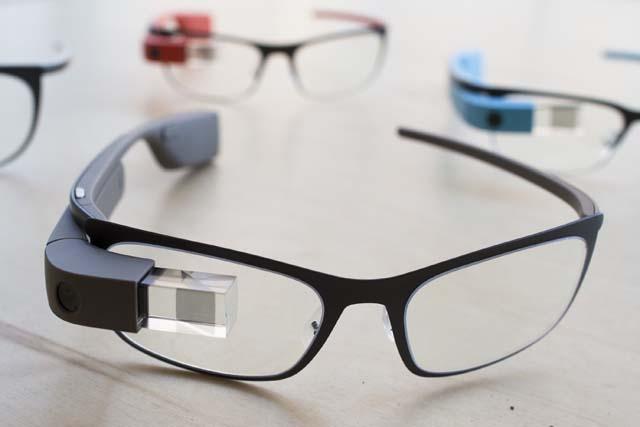It was bound to happen and we’re almost there. Wearable computers are the next critical phase in private computing. What could be more pleasant and convenient than to wear fancy eye glasses that let you watch video and browse the web displaying a large screen, with Dolby sound, merely by looking straight ahead of you, free to move around?
When desktops are too bulky and immovable, when laptops aren’t as portable as you would like them to be, when tablets are not powerful enough and smartphones too small to enjoy large images, wearable computers in the shape of eye glasses may just be the answer.
Call it augmented reality, computer-powered glasses or simply computer glasses, the technology may currently be the most thrilling aspect of living with the Internet and with computers. Epson and Google are the main contenders in this huge, promising market of which we have barely seen the tip. Epson calls its product Moverio and Google calls it, well… Google Glass.
Using the term “computer” for a device that is before anything else a sophisticated display would be exaggerated. The glasses do hardly more than display an image before your very eyes, on the transparent glass fitted in the great-looking frame, giving you the impression that you are watching a big, movie-like screen image.
They do come with impressive features like 3D, Dolby sound, a built-in camera, motion sensors and an advanced Android controller, all in the elegant casing of the glasses, but they also have serious limitations like cables to start with. Yes, the glasses are tethered to the pocket-size Android controller via cables. This alone takes out a good part of the wearable adjective. Using cables is going backwards.
And then there’s the price. Epson’s Moverio older not-so-great model BT-100 can be purchased for $400, whereas there isn’t yet a price tag on the newer, much improved BT-200. There’s a huge difference in the design quality and the functionality between BT-100 and the BT-200. The bottom line found in most technical reviews is “no comparison”. As for Google’s glasses, at about $2,000 they aren’t exactly a steal either!
Virtually all those who have tried these tech toys agree to say that this is only the beginning. In IT jargon all models of wearable display glasses are still in their beta, i.e. not final version. It’s the idea that counts and it’s a great one, beyond any doubt. One of the most striking descriptions was given by CNet: “Limited, fascinating, full of potential”. It says it all.
Perhaps the wisest approach to wearable displays now is to consider them as experimental technology. If you try to buy one thinking it’s going to be very friendly and flawless you will be in for a big disappointment. It is far from being a mature product like a tablet or a smartphone for example.
On the other hand if you are curious, have a lot of time and also some cash put aside, “trying on” a wearable display would make sense. At the speed things usually evolve in IT I wouldn’t be surprised to see wearable computer glasses become common staple in say three to four years. And of course by then they would be affordable, totally wireless and full-fledged computers.



















